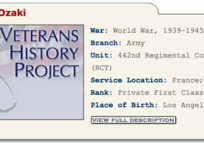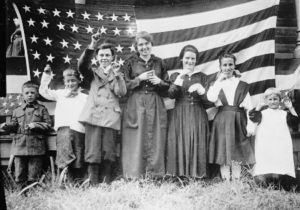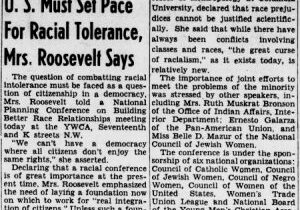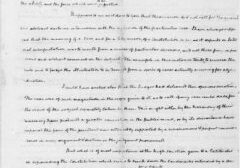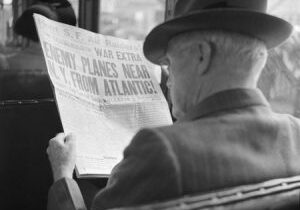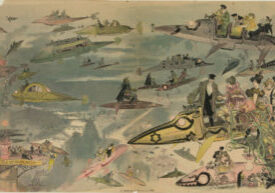Lesson Plans
This Is Not a Small Voice
Students analyze photographs from the 1963 March on Washington for Jobs and Freedom and read the poem, This Is Not a Small Voice by Sonia Sanchez to consider the power of using one's voice. After, students consider how they could use their voices and create a poem inspired by the one they just read.
Civic Actions to Impact the Future
Students make connections between the past, present, and future of the environment through their own imaginings, analysis of a primary source image, and the poem "Letter to Someone Living Fifty Years from Now" by Matthew Olzmann. After, students might assess waste or pollution in their school or local community, then consider actions they could take today to help positively impact the future by promoting environmentally friendly policies and/or programs.
